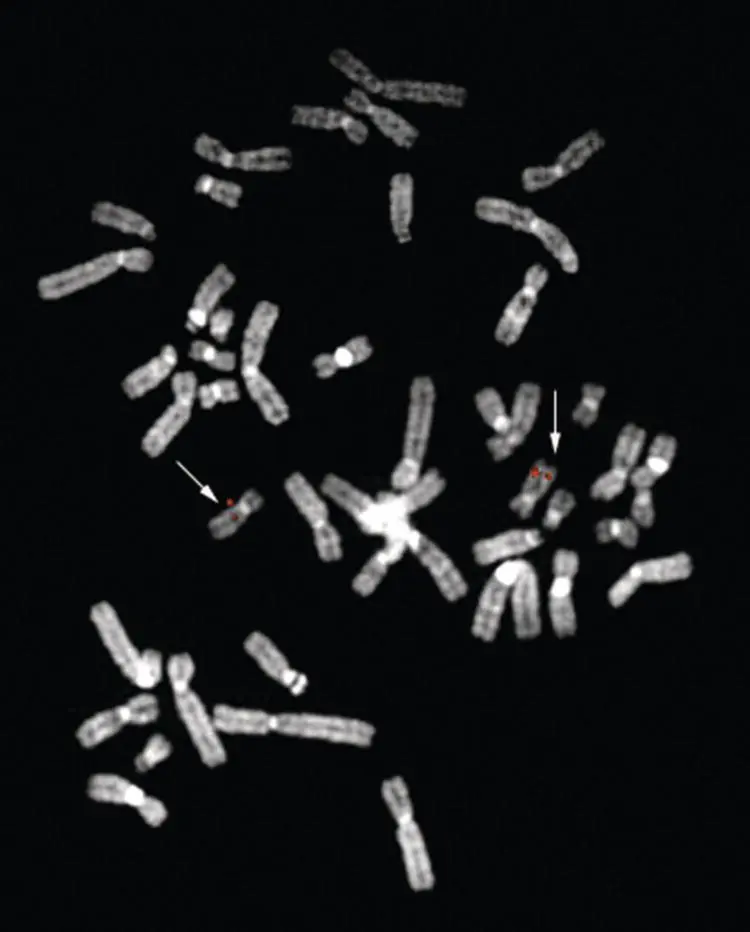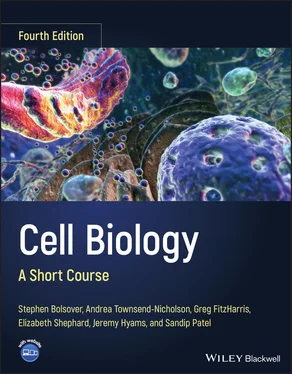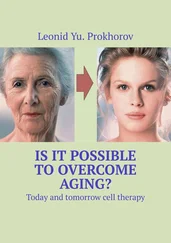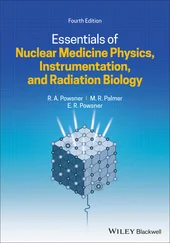Stephen R. Bolsover - Cell Biology
Здесь есть возможность читать онлайн «Stephen R. Bolsover - Cell Biology» — ознакомительный отрывок электронной книги совершенно бесплатно, а после прочтения отрывка купить полную версию. В некоторых случаях можно слушать аудио, скачать через торрент в формате fb2 и присутствует краткое содержание. Жанр: unrecognised, на английском языке. Описание произведения, (предисловие) а так же отзывы посетителей доступны на портале библиотеки ЛибКат.
- Название:Cell Biology
- Автор:
- Жанр:
- Год:неизвестен
- ISBN:нет данных
- Рейтинг книги:3 / 5. Голосов: 1
-
Избранное:Добавить в избранное
- Отзывы:
-
Ваша оценка:
- 60
- 1
- 2
- 3
- 4
- 5
Cell Biology: краткое содержание, описание и аннотация
Предлагаем к чтению аннотацию, описание, краткое содержание или предисловие (зависит от того, что написал сам автор книги «Cell Biology»). Если вы не нашли необходимую информацию о книге — напишите в комментариях, мы постараемся отыскать её.
Cell Biology: A Short Course
Cell Biology: A Short Course
Cell Biology: A Short Course
Cell Biology — читать онлайн ознакомительный отрывок
Ниже представлен текст книги, разбитый по страницам. Система сохранения места последней прочитанной страницы, позволяет с удобством читать онлайн бесплатно книгу «Cell Biology», без необходимости каждый раз заново искать на чём Вы остановились. Поставьте закладку, и сможете в любой момент перейти на страницу, на которой закончили чтение.
Интервал:
Закладка:
Source: Archives of the Albert Einstein College of Medicine. Photographer Ted Burrows.
Nucleosomes are the first level of DNA packaging, helping to compact the nuclear genome so that it can fit inside the cell. Nucleosomes form when negatively charged DNA binds to positively charged histone proteins. Histones are rich in the positively charged amino acids arginine and lysine. Marie Maynard Daly was a biochemist who studied histones and was able to demonstrate that there were lysine‐rich histones, in addition to the classical arginine‐rich histones that had previously been described in the literature. In 1947, Marie Maynard Daly became the first African American woman to receive a PhD in chemistry in the United States.
Plasmids
Plasmidsare small circular minichromosomes found in bacteria and some eukaryotes. They are several thousand base pairs long and are probably tightly coiled and supercoiled inside the cell. Plasmids often code for proteins that confer a selective advantage to a bacterium, such as resistance to a particular antibiotic. In Chapter 8we describe how plasmids are used by scientists to artificially introduce foreign DNA molecules into bacterial cells.
IN DEPTH 3.2 DNA – A GORDIAN KNOT
At the start of his career Alexander the Great was shown the Gordian Knot, a tangled ball of knotted rope, and told that whoever untied the knot would conquer Asia. Alexander cut through the knot with his sword. A similar problem occurs in the nucleus, where the 46 chromosomes form 2 m of tangled, knotted DNA. How does the DNA ever untangle at mitosis? The cell adopts Alexander's solution – it cuts the rope. At any place where the DNA helix is under strain, for instance, where two chromosomes press against each other, an enzyme called topoisomeraseII cuts one chromosome double helix so that the other can pass through the gap. Then, surpassing Alexander, the enzyme rejoins the cut ends. Topoisomerases are active all the time in the nucleus, relieving any strain that develops in the tangled mass of DNA.
Concerns that a terrorist organization might release large amounts of anthrax spores have caused several governments to stockpile large amounts of the antibiotic Cipro. This works by inhibiting the prokaryotic form of topoisomerase II (sometimes called gyrase) hence preventing cell replication.

 Figure 3.6.A spread of human chromosomes (at metaphase – see page 236). The red dots (generated using a technique called fluorescence in‐situ hybridization or FISH) reveals the COL1A1 gene which codes for collagen 1A1 (see Medical Relevance 3.2on page 47).
Figure 3.6.A spread of human chromosomes (at metaphase – see page 236). The red dots (generated using a technique called fluorescence in‐situ hybridization or FISH) reveals the COL1A1 gene which codes for collagen 1A1 (see Medical Relevance 3.2on page 47).
Source: Image by Mariano Rocchi, Resources for Molecular Cytogenetics, Department of Biology, University of Bari. Reproduced by permission.
Viruses
Viruses (page 4) rely on the host cell to make more virus. Once viruses have entered cells, the cells' machinery is used to copy the viral genome. Depending on the virus type, the genome may be single‐ or double‐stranded DNA, or even RNA. A viral genome is packaged within a protective protein coat. Viruses that infect bacteria are called bacteriophages. One of these, lambda, has a fixed‐size DNA molecule of 4.8 × 10 4base pairs. In contrast, the bacteriophage M13 can change its chromosome size, its protein coat expanding in parallel to accommodate the chromosome.
 THE GENETIC CODE
THE GENETIC CODE
Amino Acids and Proteins
Proteins are made up of individual amino acid building blocks. Amino acids contain both a carboxyl group,which readily gives an H +to water and is therefore acidic, and a basic amino group(‐NH 2), which readily accepts H +to become ‐NH 3 +. Figure 3.7a shows two amino acids, leucine and γ‐aminobutyric acid ( GABA ),in the form in which they are found at normal pH: the carboxyl groups have each lost an H +and the amino groups have each gained one, so that the molecules bear both a negative and a positive charge.
We name organic acids by labeling the carbon adjacent to the carboxyl group α, the next one β, and so on. When we add an amino group, making an amino acid, we state the letter of the carbon to which the amino group is attached. Hence leucine is an α‐amino acidwhile GABA stands for gamma ‐aminobutyric acid. α‐Amino acids are the building blocks of proteins. They have the general structure shown in Figure 3.7b where R is the side chain.Leucine has a simple side chain of carbon and hydrogen. Other amino acids have different side chains and so have different properties. It is the diversity of amino side chains that give proteins their characteristic properties (page 104).
α‐Amino acids can link together to form long chains through the formation of a peptide bondbetween the carboxyl group of one amino acid and the amino group of the next. Figure 3.7c shows the generalized structure of such a chain of α‐amino acids. If there are fewer than about 50 amino acids in a polymer we tend to call it a peptide.More and it is a polypeptide.Polypeptides that fold into a specific shape are proteins.
Reading the Genetic Code
It is the sequence of bases along the DNA strand that determines the sequence of the amino acids in proteins. There are four different bases in DNA (G, A, T, and C). Each amino acid is specified by a codon,a group of three bases. Because there are four bases in DNA, a three‐letter code gives 64 (4 × 4 × 4) possible codons. These 64 codons form the genetic code– the set of instructions that tells a cell the order in which amino acids are to be joined together to form a protein ( Figure 3.8). Despite the fact that the linear sequence of codons in DNA determines the linear sequence of amino acids in proteins, the DNA helix does not itself play a role in protein synthesis. The translation of the sequence from codons into amino acids occurs through the intervention of members of a third class of molecule – mRNA. Messenger RNA acts as a template, guiding the assembly of amino acids into a polypeptide chain. Messenger RNA uses the same code as the one used in DNA with one difference: in mRNA the base uracil (U) is used in place of thymine (T). When we write the genetic code we usually use the RNA format, that is, we use U instead of T.
The code is read in sequential groups of three, codon by codon. Adjacent codons do not overlap and each triplet of bases specifies one particular amino acid. This discovery was made by Sydney Brenner, Francis Crick, and their colleagues by studying the effect of various mutations (changes in the DNA sequence) on the bacteriophage T4, which infects the common bacterium E. coli . If a mutation caused either one or two nucleotides to be added or deleted from one end of the T4 DNA, then a defective polypeptide was produced, with a completely different sequence of amino acids. However, if three bases were added or deleted, then the protein made often retained its normal function. These proteins were found to be identical to the original protein, except for the addition or loss of one amino acid.

 Figure 3.7.Amino acids and the peptide bond.
Figure 3.7.Amino acids and the peptide bond.
Интервал:
Закладка:
Похожие книги на «Cell Biology»
Представляем Вашему вниманию похожие книги на «Cell Biology» списком для выбора. Мы отобрали схожую по названию и смыслу литературу в надежде предоставить читателям больше вариантов отыскать новые, интересные, ещё непрочитанные произведения.
Обсуждение, отзывы о книге «Cell Biology» и просто собственные мнения читателей. Оставьте ваши комментарии, напишите, что Вы думаете о произведении, его смысле или главных героях. Укажите что конкретно понравилось, а что нет, и почему Вы так считаете.












